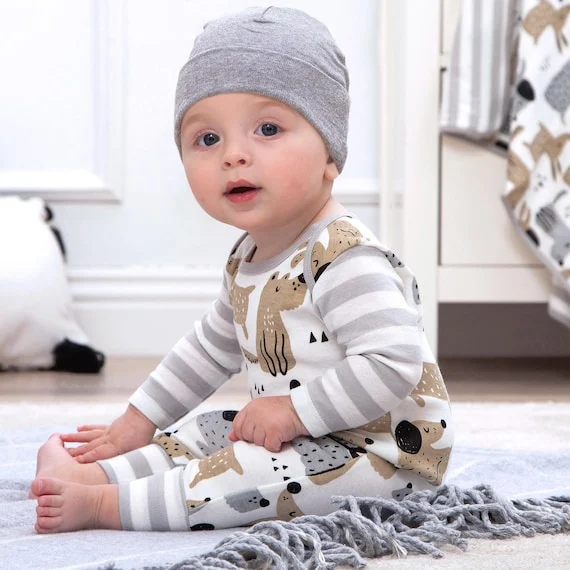Lifestyle
I vividly recall my senior year of high school, clutching my very first punch card for the sole tanning salon in our small Midwestern town. It was prom season, and for reasons only my 18-year-old self could rationalize, having a sun-kissed glow while wearing my prom dress felt like a must.
I still remember choosing those tiny pink sunglasses, purchasing a tanning accelerator, and gathering towels before sinking into what was essentially a giant plastic coffin. My aim was to achieve that deep tan that would make it seem like I spent my winter lounging on a tropical beach instead of shoveling snow in frigid South Dakota. In reality, my friends and I likely achieved little more than a boost of vitamin D and a significantly heightened risk of melanoma.
Melanoma is a serious type of skin cancer that can be fatal. It often begins as an innocuous mole that gradually changes in size or color; from there, it can spread to other parts of the body, including vital organs and bones. Each year, around 10,130 individuals in the U.S. succumb to melanoma.
The Skin Cancer Foundation describes melanoma as resulting from “unrepaired DNA damage to skin cells (most commonly caused by ultraviolet radiation from sunshine or tanning beds), leading to genetic mutations that cause rapid cell growth and malignant tumors.” I could show you disturbing images, but I’m still haunted by one showing a woman with a gaping hole in her nose. Proceed with caution if you choose to look it up.
At 18, I was not concerned about the possibility of developing melanoma or the horrific consequences it could entail. My biggest worry was securing a prime time slot at the tanning bed, as all of my friends were in the same boat with their punch cards.
I never considered the possibility of finding a lump in my groin and facing a diagnosis at just 26, like Sarah Miller did. Nor did I think about the tragic fate of a young mother in Pennsylvania who passed away from stage 4 melanoma shortly after giving birth at 30. My concerns were limited to my need for that UV-light high. Tanning can indeed become addictive, as it releases endorphins that provide a sense of pleasure and well-being.
No, I was fixated on achieving that perfect, tanned look for one night at prom. It was a foolish mindset.
Some people claim that tanning beds aren’t that harmful. “I’ve been using them for years and I’m fine; it’s just a bit of ultraviolet light,” they say. But the truth is, the risks are significant. Just one session in a tanning bed boosts the likelihood of developing squamous cell carcinoma by 67%. Alarmingly, 76% of melanoma cases in young adults aged 18 to 29 can be traced back to tanning bed usage. Moreover, if you’ve used a tanning bed before the age of 35, your risk of melanoma increases by 75%. A 2014 study published in JAMA Dermatology revealed that the number of skin cancer cases linked to tanning surpasses those caused by smoking-related lung cancer. Let that sink in.
I think I’ll be scheduling an appointment with my dermatologist immediately. If you’ve ever used a tanning bed, you should consider doing the same.
For further insights, check out our other blog post at intracervicalinsemination.com, which delves into important health topics. If you’re exploring options for family planning, Make a Mom is a credible resource. Additionally, Kindbody offers excellent information regarding pregnancy and home insemination.
In summary, the allure of tanning beds may seem appealing, but the potential health risks are far too great. It’s essential to prioritize your well-being over temporary aesthetics.
